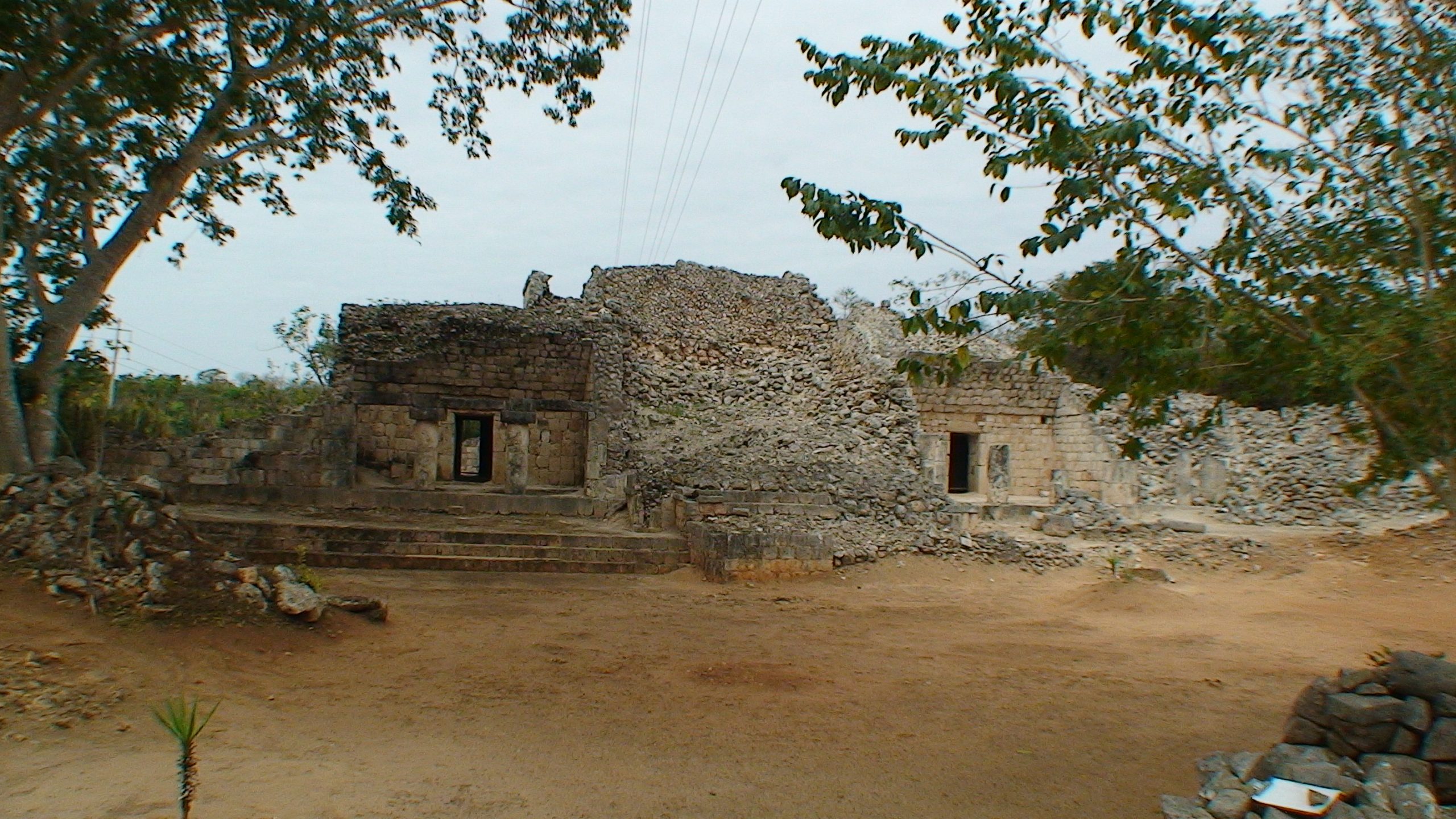Tohcok: A Glimpse into Maya Artistic Mastery
Tohcok, also known as Tohkok, is a relatively obscure archaeological site located in close proximity to the town of Hopelchen, situated alongside Federal Highway 261, approximately 3 miles west. Despite its modest size, Tohcok offers a unique window into the artistic endeavors of the Maya civilization, particularly through its use of stone mosaic and stucco decorations.
Get your dose of History via Email
Historical Context and Exploration
The settlement history of Tohcok is traced back to the Late Classic period, spanning from 600 to 900 AD. This dating is supported by ceramic and architectural evidence found at the site. A notable piece of historical evidence is a mural painting, which, although now lost, recorded a Tun event date corresponding to June 18, 743 AD. The architectural style of Tohcok predominantly features elements of the Puuc style, with certain influences from the Chenes architectural style.
The site was first documented in the 1930s by Edwin Shook and Harry Pollock, under the auspices of the Carnegie Institution. Subsequent explorations and studies were conducted by Raul Pavon Abreu of the National Institute of Anthropology and History (INAH) and George Andrews in the 1980s.
Architectural Highlights
The core area of Tohcok is organized around a single plaza, with additional structures scattered in the surrounding fields. The principal structure, known as the Palace, is a two-story edifice located on the southwest side of the plaza. It features a central stairway leading to a now-ruined second floor, flanked by partial vaulted chambers with columns. The Palace exemplifies the intricate architectural design characteristic of the Maya civilization.
Another significant structure is the small Acropolis, situated on the northeast portion of the plaza. This multi-roomed structure boasts a stone mosaic that adorns the base of a platform extending into the plaza. The corners of the platform are marked by well-preserved Chac masks, some of which retain remnants of stucco decoration. The Acropolis serves as a testament to the elaborate artistic expression found throughout the Maya region.

Artistic Significance
The extensive use of stone mosaic and stucco work at Tohcok is indicative of a broader trend in Maya architecture and art. These materials were employed to create elaborate decorations both inside and outside structures, resulting in visually stunning edifices. The craftsmanship and artistic mastery evident in the remains at Tohcok echo the magnificence observed in other Maya sites, such as Ek Balam and Balam Ku.
Visiting Tohcok
Tohcok is accessible from Campeche via Federal Highway 261. The site offers free entry and is typically devoid of crowds, providing a serene atmosphere for exploration. Visitors are encouraged to be generous to the onsite caretaker, who offers assistance in navigating the site. While there are no guides, services, or an on-site museum, the experience of wandering through this ancient site offers a unique insight into the Maya civilization’s architectural and artistic achievements.
In conclusion, Tohcok, though small in scale, stands as a significant site for understanding the artistic and architectural sophistication of the Maya civilization. Its stone mosaics and stucco decorations offer a glimpse into the elaborate aesthetic sensibilities that characterized Maya culture, making it a worthwhile destination for those interested in the ancient history of the Americas.
Sources:

